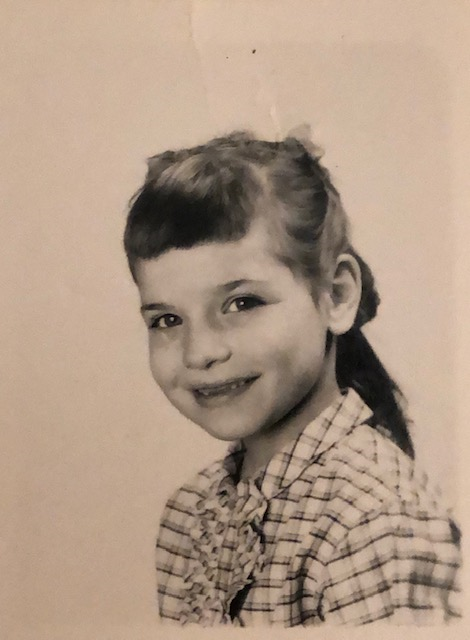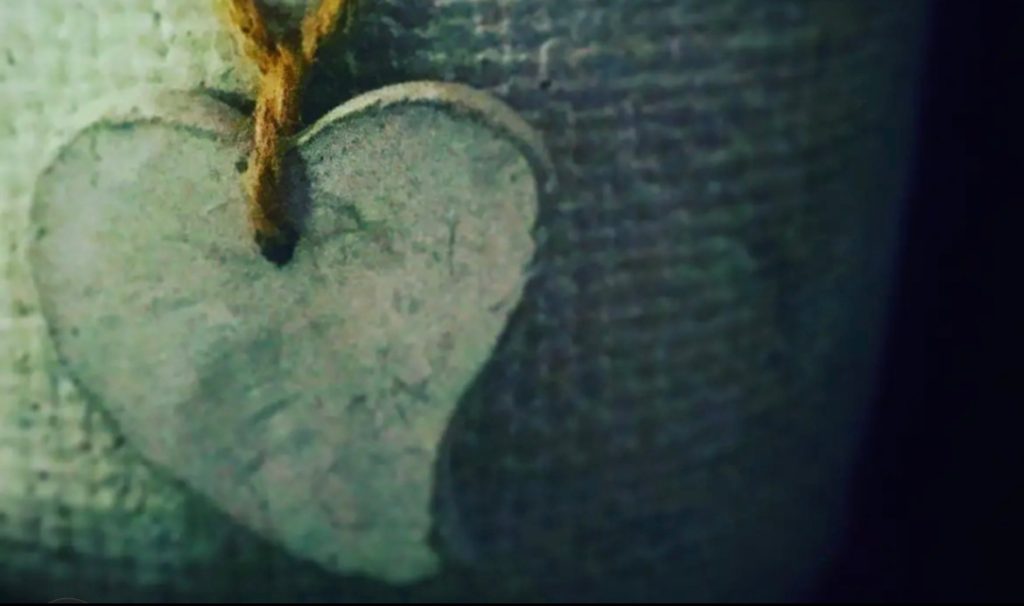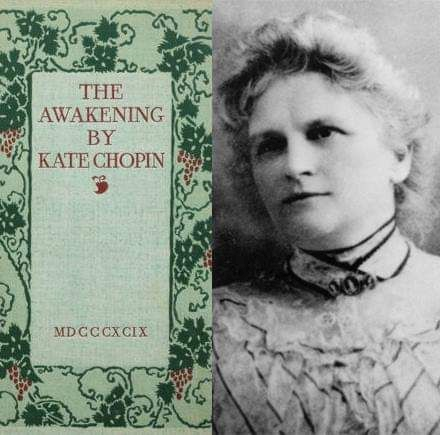
COMFORT
By Linda Springhorn Gunther
I sat cross-legged on the carpet and watched my mother in the mirror as she brushed my hair with the antique silver hairbrush Nana had gifted her.
“Comfort is a fleeting phenomenon,” she said.
“Oww. Mommy, you’re hurting me.”
“Just need to get this last tangle out.” She tapped my shoulder. “Sit still, Linda,” she said and went back to yanking on the end of my hair with the hairbrush. “Look. I got it!” She held up a tiny snippet of balled-up hair, placed it on the side table, and continued brushing.
“What’s a phenomenon, anyway?” I asked.
“It’s a…a… condition,” she said. “Like a situation that is observed yet perhaps not fully understood. You’re eight years old. You should know that word. Having a wide breadth of vocabulary will give you an edge in everything you do.”
She sat on the sofa behind me in her powder-blue turtleneck and navy-blue pleated skirt. She wore some kind of turtleneck every day, either short or long sleeved, no matter what the weather or season, hiding her neck where she had a thin vertical scar that went from just under her chin down to her collarbone. Her eyes were like two dazzling gems, an exquisite blue-green mix with tiny flecks of brown. Her eyelashes were long even without a hint of mascara. Her short, dark, curly hair parted in the middle and finished at the chin of her perfectly-shaped oval face accentuated by high cheekbones and the dot of a black beauty mark to the right of her upper lip. I remember thinking she was beautiful as I watched her in the mirror yet tried to get the thought out of my mind. She annoyed me with her strange behaviors much more often than impressed me with her beauty.
We were both brain-gifted. I was in a special progress class at school based on IQ and other tests, and had been selected to skip a grade. She’d often remind me of that particular similarity between us. My mother could talk to anyone on any subject for hours, spouting her broad knowledge of science, literature, history, geography, theater, politics, even quantum physics and the concept of parallel universes.
At first, the person would smile, their eyes wide in amazement at the depth of my mother’s detailed grasp of the topic at hand. She’d converse non-stop, go on and on with strangers on the bus, on the street, in the supermarket, at restaurants, at my school with teachers, until they had to make an excuse to leave the scene, somehow get away from her. She seemed to be unaware of their need to retreat. Was that why my father left us? I was well aware of my mother’s flaws. Her serious flaws.
She stared at me in the mirror, her head tilted to one side, hairbrush in hand. “You are a beautiful girl,” she said. “I think you’re going to be a star! Linda Springhorn, Tony Award winner!” she declared and spread her arms out in the air.
Watching her in the mirror, I thought she might drop the hairbrush.
“Thanks,” I said. “Can I go now? I’m gonna meet Patty and play cards.”
“No. You’re not doing anything with that Patty.”
Geesh, why did I mention her name?
I rolled my eyes, pulled away, and got up from the rug.
“That girl is unkempt, nasty.” My mother’s face contorted like she smelled a dirty diaper or something worse. She tapped my arm firmly. “Sit! I’m not finished brushing you.”
“Patty is my best friend,” I said as I complied but sat further away from her reach.
“Her sister is even worse,” she went on, and then she tugged my sweatshirt for me to move back closer to her. “The bad language both of those girls use. Shameful! I hear them out there on the street. Very bad influence on you.”
“But…”
“Absolutely not. I don’t want you playing with her or her sister.”
I curled up the corner of my lip as if to say I hate you. It was my usual put-down without saying a word. I knew she despised me doing that.
“There. Done,” she said, and fixed the pink hair tie around my long brown ponytail, giving it one last swoop of the brush.
I started to get up. “Okay, then I’m gonna play handball with Mitchell instead.” I’d just sneak around the corner to play cards on Patty’s stoop outside her building.
“Better choice,” she said. “Just do me a favor Linda-girl, before you go.”
I picked up my jacket from the easy chair.
“What?”
“When you cross the threshold at the front door, come back three times without stepping on the cracks.”
“Mommy! No. Not that again.”
“Do it,” she said. “I don’t want you to have any bad luck out there on the street. Tomorrow’s your big audition with Richard Rogers. You need to be in tip-top condition.”
I pressed my lips together. I had planned to pretend to be sick that night so I could skip the unwanted callback audition the next day, the audition Mommy wished she was doing instead of me. I felt like her puppet. I didn’t want to be an actress, something she had urged me to do with ballet, tap-dancing and singing lessons each week since before I turned five. Lessons she went into debt to give me. Lessons I didn’t ever want.
“Remember that movie we saw yesterday,” she said, changing the subject. She knelt down on one knee to button up my wool jacket. “That hilarious man dressed up like a woman wearing a mink stole. Tony Curtis! He’s so funny.”
“Yeah, I remember,” I replied. “Kind of stupid.”
“Stupid? He’s an Academy Award winner. And he was my best friend. We danced, acted together in the Navy, and then did summer stock together in the Catskills.” Her eyes got misty. “I knew him as Bernie Schwartz. Now, the famous Tony Curtis. Of course, I had a stage name too – Gloria Parker. We both adopted stage names at the same time.” She smiled.
I shrugged. “Okay Mommy, can I go now?”
I had heard the Tony Curtis story at least ten times before. Ignoring my question, she giggled and fell back on the sofa, sinking into the cushions like a little girl sharing her boy crush, her hands clasped in her lap, her shoulders raised, her eyes up at the ceiling. She went off into a zone beyond our tiny living room. I almost laughed but caught myself and, instead, curled my upper lip in disgust.
She straightened and pointed her finger at me. “You keep doing that lip curl thing, young lady, and your face will get stuck like that forever.”
“Can I please go?” I asked.
She stood from the sofa. “Remember, three times back over that threshold. No stepping on the cracks. I’ll be watching you down the hallway.”
I turned to go and moved like a robot, my head fixed straight ahead, my body mechanical, arms stiff at my sides. I would only obey because I was captive to a delusional mother, and I had no choice.
“And find your brother out there,” she added as I neared the front door. “Both of you back in here by four. We’ll rehearse your ‘I Feel Pretty’ and Ronnie’s audition song one more time before Nana gets home for dinner.”
“Right,” I mumbled under my breath. “Can’t wait.”
I turned the knob to open the front door.
“I’m watching,” her shrill voice threatened.
I lifted my right foot, careful not to step on the grouted crack between our wood floor entry and the black-and-white checkered-tiled floor in the hallway just outside our apartment, the closest apartment to the main entrance of our five-story brick building. Then I lifted my left foot over the threshold and placed it next to my right foot, and then I turned back to face my mother who stood in the living room with her arms folded at her chest. I stepped back inside toward her, again careful not to tromp on the grout cracks despite the temptation.
“No cracks,” I said, my index finger pointing down at my feet. My mother nodded. I turned to cross back into the outer hallway a second time and looked back at her. The sun shot through the narrow entryway, its beam reaching to where my mother stood. Her face looked worn, wrinkled, her body thin, frail. She no longer looked anywhere near beautiful.
“Good,” she said and came down the hallway toward me, her black stack heels clicking on the wood floor. “Now do it again. A third time.”
Maybe I should call the social worker, I thought. I had the phone number for the red-haired woman who wore thick black eyeglasses and carried a black leather briefcase. Dina Weintraub from Social Services. She had given me the light blue business card which I hid under the mattress. She came by once a month to check on my single-parent mother, and sometimes she lingered, waiting for Nana to get home from work so she could spend a few minutes privately chatting with her in the kitchen.
One time I put my ear to the kitchen door to listen. The woman said in a hushed voice, “How is she? Showing signs of compulsive behavior or any delusions?”
I didn’t stick around to hear Nana’s answer back. All these years later, I still can’t decide what scared me most. I was afraid my mother would come up behind me. Or that Nana would swing open the kitchen door and catch me eavesdropping. Or maybe I just didn’t want to hear the answer to the question. So, I turned away.
The “crossing the crack avoidance” routine at the front door was just the tip of the iceberg when it came to my mother’s bizarre behaviors. Each night, she’d demand that my brother and I go back and forth several times across the threshold of the bedroom before getting into bed. Sometimes it was ten times. Sometimes it was twenty.
There was one night when I heard her talking loudly on the phone. I tiptoed into the bedroom and picked up the other line to listen. There was nobody on the phone except her having a conversation with a dial tone, which turned into a loud beep. She ignored the annoying sound and just kept on talking without a pause. Her topic was something about the horrid New York City education system. She was shouting into the phone as if performing a dramatic scene.
Now returning home, I crossed the front door threshold three times as my mother had commanded. I stood alone on the other side of our apartment door, on the black-and-white checkered hallway floor, and I stared back at our shut front door for a few moments. I was ten years old but felt tired, angry, and sad.
I’ll talk to Nana when she gets home from work, I thought, after dinner when Mommy takes her bath.
Nana would listen, understand my frustration, my hopelessness. Maybe she would get Mommy to change her mind about dragging me to that callback audition tomorrow.
I just need a little comfort, I told myself, as I walked around the corner to find Patty. Embarrassed and ashamed, I couldn’t say anything to my best friend. It was my secret. My mother.
***Excerpt from memoir titled A BRONX GIRL (Growing up in the 1960’s in the Bronx) by Linda Springhorn Gunther available on Amazon:
Direct Link to Amazon:
AUTHOR BIO:
Linda S. Gunther is the author of six published romantic suspense novels including: Ten Steps From The Hotel Inglaterra, Endangered Witness, Lost In The Wake, Finding Sandy Stonemeyer, Dream Beach, and Death Is A Great Disguiser. In 2023, Linda’s memoir titled A Bronx Girl was published and is available on Amazon. Over the past 18 months, more than 60 of Linda’s short stories, memoir pieces and essays have been published in a variety of literary journals across the world. Please visit Linda’s website for her WRITE-BYTES blog for developing writers at www.lindasgunther.com





